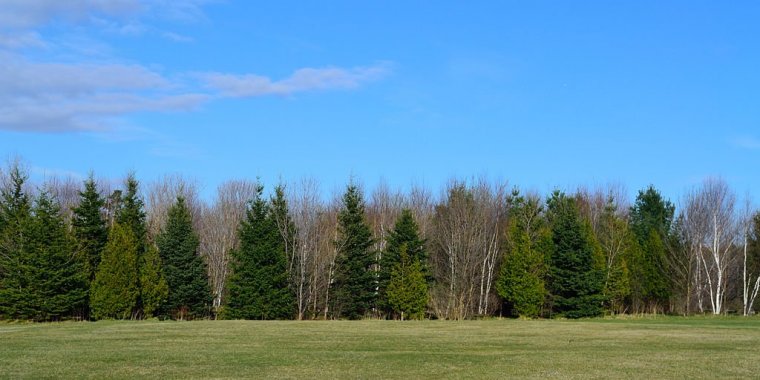| News / Science News |
Forests minimize severe heat waves
Extensive, mature forest cover can mitigate the impact of severe heat waves, droughts and other weather extremes over large regions, according to new NOAA research.

Forests minimize severe heat waves. Image credit: Raysonho @ Open Grid Scheduler/Grid Engine/Wikimedia Commons (CC0)
While this might seem intuitive, a new modeling study by a NOAA climate scientist and partners has quantified how historical conversion of native forests to cropland has influenced the frequency of hot and dry summers in the mid-latitudes of the United States and Europe.
“We found that, all other things being equal, the conversion of forests to crops and pastures leads to a two-to-four fold increase in the occurrence of hot, dry summers in these altered regions,” said lead author Kirsten L. Findell, a climate scientist at NOAA’s Geophysical Fluid Dynamics Laboratory (GFDL). “Instead of hot and dry summers happening once a decade, these regions with forest converted to cropland experience hot-dry extremes every two to three years.”
While the effect of the historical conversion of forests to cropland was clear in the scientific analysis for the mid-latitudes, it was less clear in the tropics, where the amount of cropland conversion is smaller and where large-scale oceanic variability plays a more significant role.
Researchers compared recently available global land cover observations of temperature and humidity from satellites over 12 years with results from GFDL’s sophisticated, high-resolution Earth System Model and found that model results were consistent with observations. (NOAA)
YOU MAY ALSO LIKE




